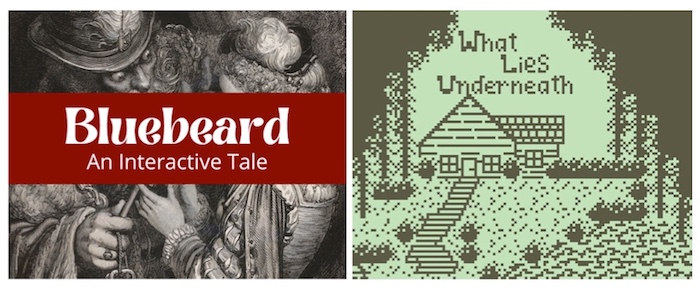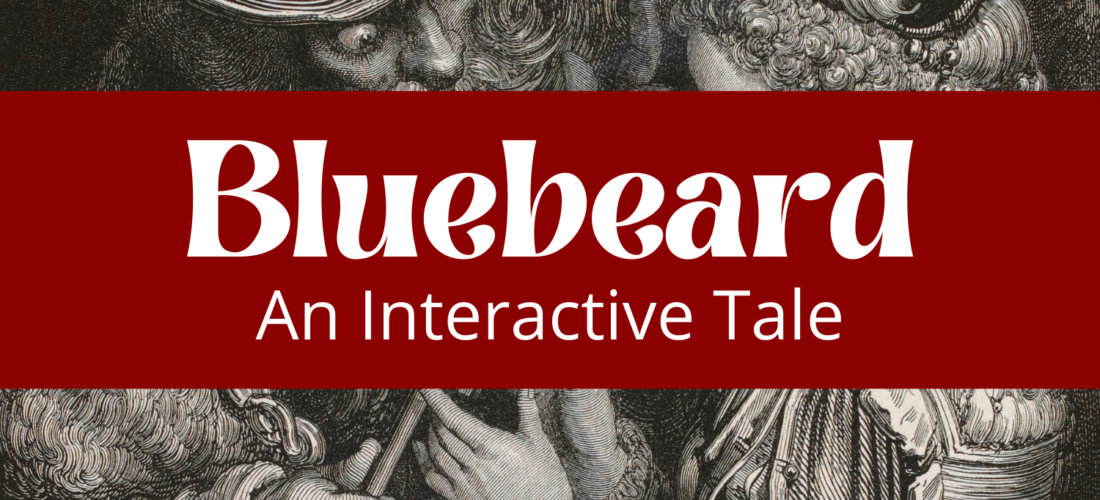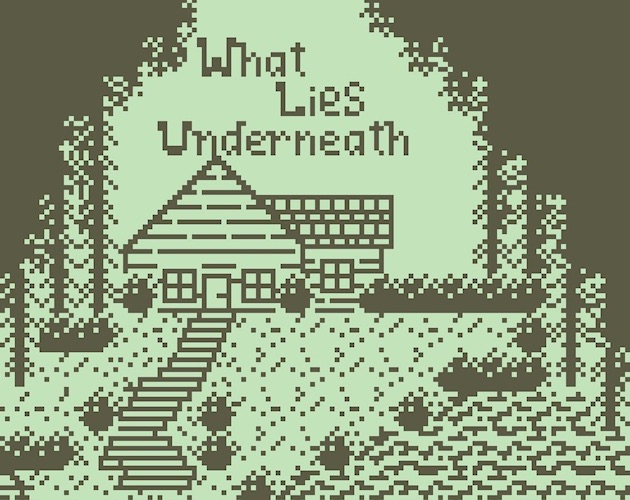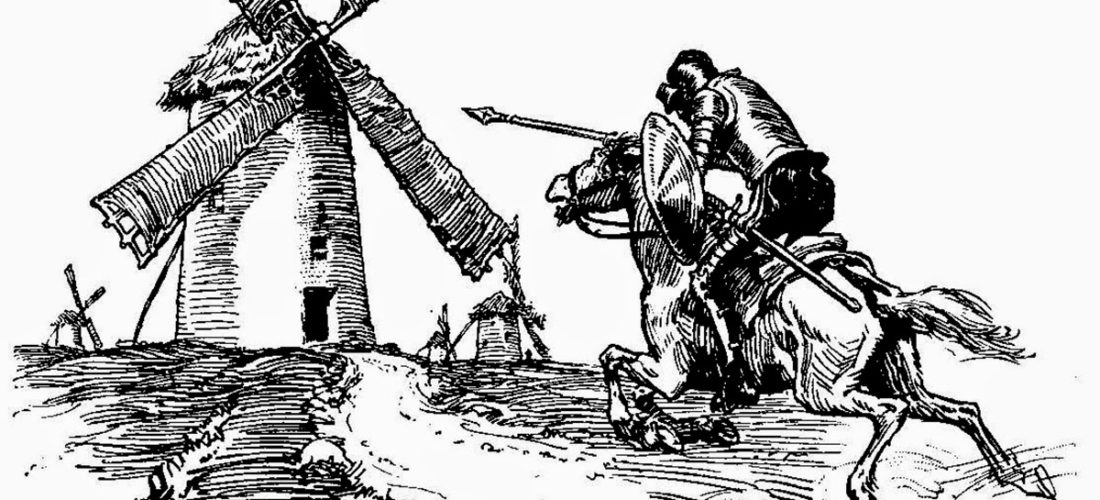
Sometimes you need to move at a slow and steady pace towards progress, dipping your toes in the pool and inching in little by little until you’re used to the chilly water — and sometimes you need to just launch yourself off a rock, plunging straight into the center of the lake with the hope that you’ll make it back to shore.
Guess which one I’ve been doing over the last month or so.
I’ve realized for a couple of years now that I wanted to write and build narratives for games. And so, I’ve been learning about the art of game narratives, which is beautifully varied and complex — ranging from heavily scripted games like The Last of Us to completely wordless experiences like Journey, with a vast number of other variants along the outskirts and in between.
While I’ve been exploring game narratives, I have also been toying around with making interactive narratives myself. Or rather, I have been noodling on a single interactive text, a Twine* adaptation of the classic French folk tale, “Bluebeard.” Having written a retelling of the story, in which I explored a number of alternative endings, I figured it would be a relatively straightforward process to add gameplay choices that branch off to each of those endings.
Spoiler: It was not that easy.
After a period of struggling — not only over the process, but also due to the frustrations of trying to maintain a creative life amidst daily obligations — I realized I needed an extra push to help me get to done. Fortunately, I stumbled across The “Finish It” Narrative Game Jam** in May. The focus of the jam was to complete an in-progress narrative game or interactive fiction project between May 12-31. This seemed like a perfect way to push myself toward finishing my current project, and I immediately signed up.
A day or so after signing up for the Finish It Jam, I was told about the Greenlight Jam by a game writing friend. The Greenlight Jam featured a unique format, having multiple deadlines over the course of about a month (May 16th to June 19th), focused on the various stages of game design, from ideation to prototyping, production, and final release of the game. Drawn in by this concept, I had an Ah, what the hell moment and signed up before even considering the fact that the two jams overlapped or the incredible amount of work that would be involved.
And I’m so glad I did.


